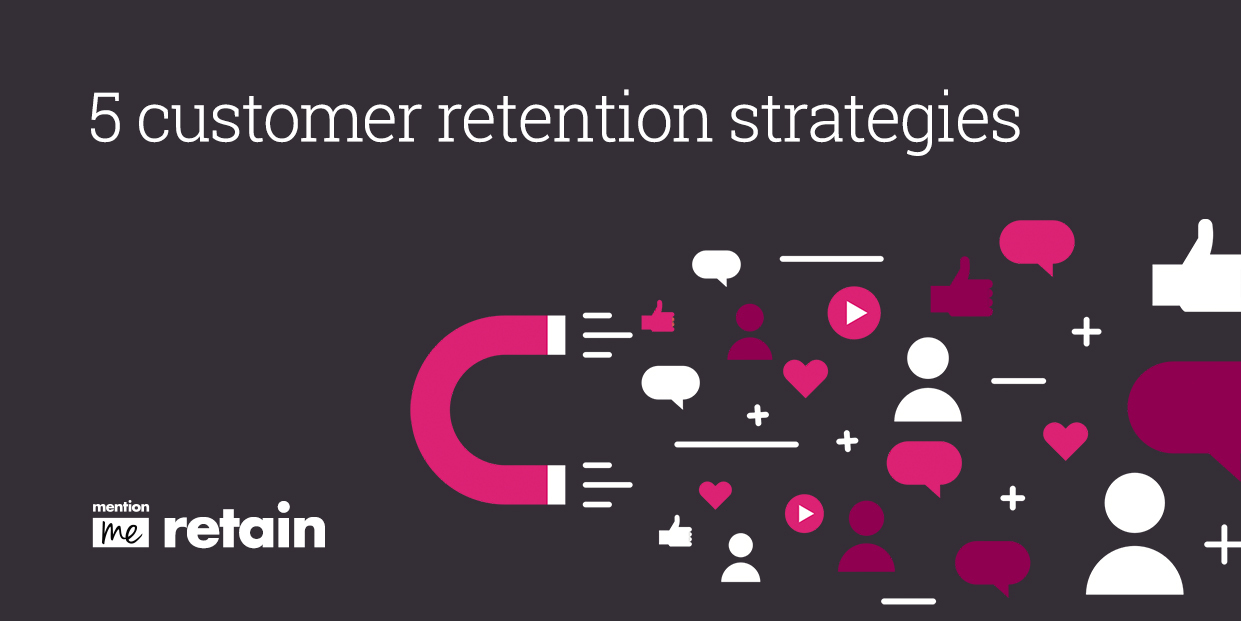From Air Miles to Brand Partnerships: Why we need to rethink customer loyalty

Read time: 5 mins
Customer loyalty is often reduced to a loyalty program. What should be a long-term, strategic engagement with customers is often boiled down to a transactional arrangement.
In this scenario, the brand is asking: how many repeat purchases can we squeeze out of our customers by promising them rewards? And in turn, customers are calculating if they can game the system to get a price advantage.
None of this works to build the reputation of your brand or strengthen relationships with your customers.
So how did we get to this state of affairs? And how can we do things differently?
Let’s start by defining what we mean by customer loyalty.
What is true customer loyalty?
True loyalty is built through sustained, personalised interactions with your customers. In its 2023 Loyalty Index report, Emarsys describes true loyalty as “unwavering, unshakeable loyalty built on trust, love, and devotion to a brand”.
To build genuine loyalty, you have to be able to demonstrate to your customers that you understand and can meet their needs. And currently, that is not a straightforward task.
The importance of CX
In 2022, only 13% of customers thought brands needed to “do more to maintain their loyalty”. By 2023, that figure had grown to 20%. In the same survey, 45% of customers said they wanted more personalised offers and discounts and expected offers that were exclusive to them.
In the UK, the top reason customers give for loyalty is “offering the widest range of products that I want” (47%). However, a very close second is “excellent customer service” (45%), followed by “regular discounts, loyalty points, and incentives” (44%). This shows that while the most important factor influencing customer loyalty is your product, getting your customer experience right is crucial.
So why do so many brands equate customer loyalty with launching a rewards scheme that actively works against their wider customer experience goals? To understand the present loyalty landscape, we need to look at how we got here.
The history of loyalty programs
The idea of rewarding loyal customers has been around since the 19th century, when retailers would give out redeemable trading stamps to customers when they shopped.
Loyalty schemes as we understand them today took off in the 1980s, when several US airlines introduced air mile rewards to build market share and encourage their customers to to leave their names and contact information.
Customers initially flocked to the new schemes to take advantage of the rewards on offer, and the airlines’ success was quickly replicated by other businesses, with hotels, car rental companies, banks, credit cards and retailers all offering their own rewards programs.
However, as loyalty schemes came to be a standard part of the customer-business relationship, brands began to reduce the value of the rewards on offer. This, combined with the sheer number of loyalty schemes available, meant that loyalty programs were no longer so exciting and valuable to customers.
How has customer loyalty evolved?
The next big thing in loyalty was the introduction of loyalty cards. Cards that customers carried around in their pockets allowed businesses to track buying habits in more detail than had been previously possible.
In the UK, Tescos were the trailblazers when they introduced their Clubcard in 1995. Now, most supermarkets and highstreet retailers run a loyalty card scheme. But the recent introduction of so-called dual pricing for loyalty and non-loyalty customers has left some feeling cheated.
Points-based and experiential schemes
While many loyalty programs still stick to the model of points in return for spending, some schemes have evolved to offer more experiential rewards. Instead of earning points, customers receive unique experiences or services that enhance their relationship with the brand. These can include special access to events, personalised services, or exclusive opportunities that aren't available to the general public.
Points-based loyalty programs are transactional and quantifiable, focusing on rewarding customers for their purchases. In contrast, experiential loyalty programs are qualitative, aiming to deepen the customer-brand relationship by offering unique, memorable experiences.
Digital loyalty
For today’s online brands, the emphasis is on cross-brand loyalty tie-ins and redeemable points stored electronically, facilitating communication with customers.
But despite these digital innovations, the focus of loyalty schemes is all too often on money off and incentivising spending rather than forging relationships that build true loyalty.
Waning customer loyalty
According to Emarsys, customer loyalty dropped 9% between 2022 and 2023, with 74% of respondents saying they considered themselves to be loyal in 2022 but only 64% saying the same a year later.
This is largely due to the cost of living crisis. In tough economic times, customers put price above brand affinity. In one survey, 91% of customers said high costs were a factor that could damage their loyalty.
Who are the main loyalty players?
- IBM: Offers loyalty management solutions that integrate with their marketing and commerce platforms, enabling personalised customer engagement and rewards programs.
- SAP: Provides a loyalty management solution that allows businesses to create, deploy, and manage loyalty programs with personalised offers and rewards to enhance customer retention.
- Yotpo: Offers a loyalty and rewards platform that enables brands to create customised loyalty programs, encouraging repeat purchases and enhancing customer engagement.
- Oracle: Delivers a comprehensive loyalty management platform that helps businesses design, manage, and scale personalised loyalty programs across multiple channels.
- Mention Me: While not a traditional loyalty scheme provider, Mention Me’s Customer Advocacy Intelligence Platform provides you with a way to understand and nurture your customers so they become advocates for your brand. The process of building genuine loyalty is a crucial part of this. Advocacy marketing helps you build loyalty through a wider understanding of your customers, allowing you to break through the price/transaction loyalty model.
When customer loyalty does (and does not) work
When brands successfully combine loyalty programs with an exceptional customer experience, they create a powerful bond between customers and brands.
And when they treat their loyalty schemes in too transactional a way, it can spectacularly backfire on the brand in question:
- Dunkin Donuts drastically increased the amount of loyalty points customers needed to get their free donut reward. The resulting outcry was a customer-relations disaster for the brand brands.
- In the US, some airlines have imposed so many restrictive conditions on their frequent flyer programs that the Department of Transportation has been investigating them! When customers feel a loyalty scheme is rigged against them, it can leave them feeling alienated and bitter.
But when brands get loyalty right, it can become a cornerstone of their brand identity.
- Lush: Lush offers a unique take on customer loyalty by encouraging customers to return five clean, used product pots in exchange for a free fresh face mask. This program, combined with their commitment to fresh, ethically sourced ingredients, and fighting against animal testing, resonates with their environmentally conscious customer base, fostering loyalty through shared values.
- REI Co-op Membership: REI, an outdoor gear and apparel retailer, lets customers become members by paying a one-time fee. Members receive a share of the company's profits in the form of an annual dividend, discounts on classes and events, and special pricing on shop services. This community-building model supercharges customer loyalty and commitment to the brand.
- ThirdLove's Fit Finder Quiz: ThirdLove, a lingerie brand, offers a personalised shopping experience with its Fit Finder quiz, helping customers find the perfect bra size and style from the comfort of their homes. This personalised service, combined with a focus on inclusivity and a generous return policy, builds customer loyalty by addressing a common pain point and creating a supportive customer experience.
Go beyond simple loyalty with customer advocacy marketing
To create a deeper, more meaningful connection with your customers, you need to move beyond loyalty schemes towards a marketing strategy that nurtures your customers into brand advocates.
As good as loyalty is - especially in an economic downturn - there’s one thing better: advocacy. Customer advocacy creates more naturally loyal customers and helps you optimise the performance of your loyalty platforms through the intelligent use of advocacy data.
If you want to know more about how an advocacy marketing strategy can benefit your loyalty efforts, request a free demo today.

Rhys Williams
Read more >
Never miss another update
Subscribe to our blog and get monthly emails packed full of the latest marketing trends and tips







